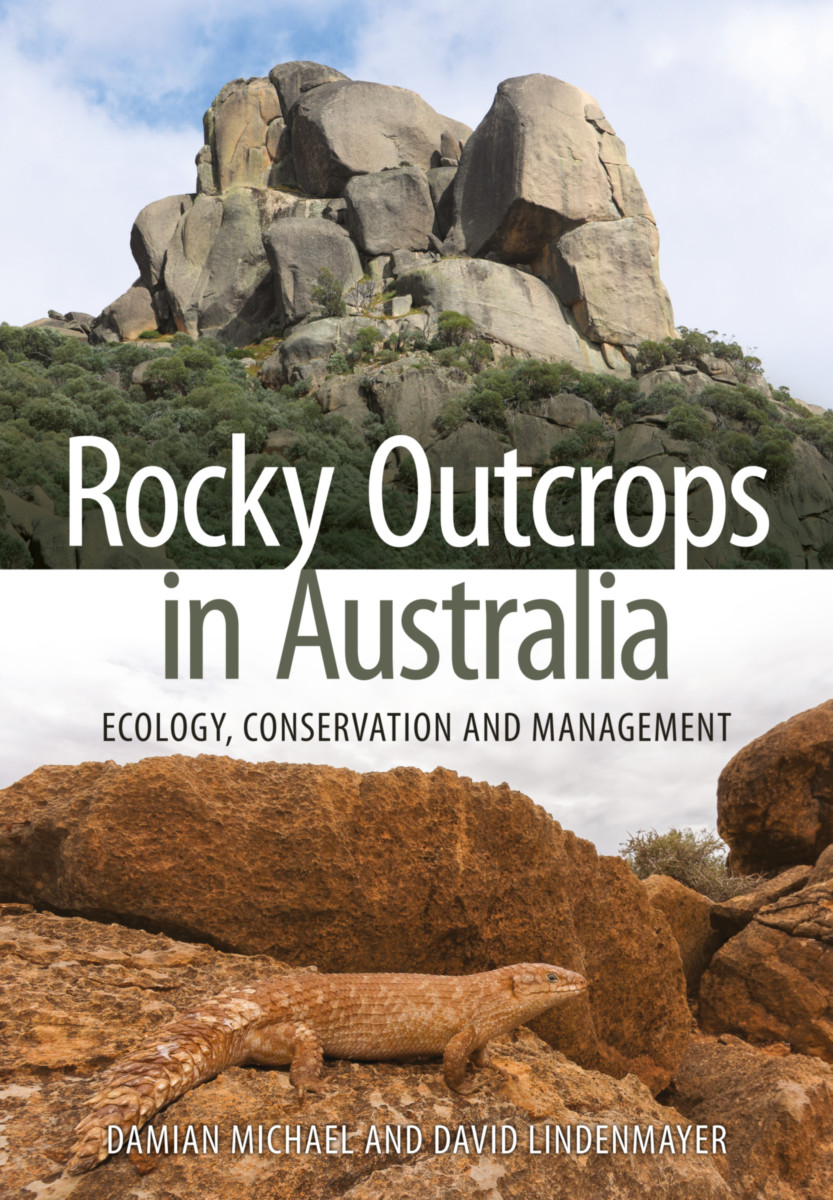EXCELLENCE IN SCIENCE PUBLISHING
Rocky Outcrops in Australia
Ecology, Conservation and Management
- Publisher
CSIRO Publishing - Published
2nd April 2018 - ISBN 9781486307906
- Language English
- Pages 184 pp.
- Size 6.625" x 9.625"
- Images illus & color photos
Rocky outcrops are landscape features with disproportionately high biodiversity values relative to their size. They support specialized plants and animals, and a wide variety of endemic species. To Indigenous Australians, they are sacred places and provide valuable resources. Despite their ecological and cultural importance, many rocky outcrops and associated biota are threatened by agricultural and recreational activities, forestry and mining operations, invasive weeds, altered fire regimes and climate change.
Rocky Outcrops in Australia: Ecology, Conservation and Management contains chapters on why this habitat is important, the animals that live and depend on these formations, key threatening processes, and how rocky outcrops can be managed to improve biodiversity conservation in agricultural landscapes, state forests and protected areas. This book will be an important reference for landholders, landcare groups, naturalists interested in Australian wildlife and natural resource managers.
Preface
Acknowledgements
Glossary
Chapter 1. Introduction and background
Why write a book on rocky outcrops?
What is a rocky outcrop?
Types of rocky outcrops
Igneous rocks
Sedimentary outcrops
Metamorphic rocks
Protected rock formations
Chapter 2. Rocky outcrop values
Ecological values
Plant life
Threatened flora
Wildlife
Threatened fauna
Cultural heritage values
Economic values
Recreation and tourism
Water conservation
Ecosystem services
Chapter 3. Australian rock-dwelling fauna
Reptiles
Dragons
Skinks
Geckos
Monitors
Snakes
Frogs
Mammals
Birds
Invertebrates
Chapter 4. Threatening processes
Threats in different environments
Land clearing and loss of vegetation
Overgrazing by domestic livestock and feral herbivores
Introduced herbivorous invertebrates
Weed invasion
Introduced predators
Altered fire regimes
Physical threats to rocky environments
Recreational activities
Vandalism
Quarrying
Damaged associated with forestry operations
Climate change
Chapter 5. Managing rocky outcrops for biodiversity conservation
Managing rocky outcrops in agricultural landscapes
Mapping
Classifying outcrop condition
Prepare cultural and biophysical inventories
Prioritising management actions
Management Actions
Protection from livestock
Grazing as a management tool
Revegetation programs
Selecting appropriate plant species
Controlling invasive weeds
Controlling pest animals
Applying appropriate fire regimes
Reintroducing locally extinct species
Monitoring and adaptive management
Applying for funding
Conservation covenants
Managing rocky outcrops in State forests and on Crown Land
Improving legislative frameworks
Managing rocky outcrops in National Parks and other protected areas
The value of good interpretative signs
Restricting access to culturally and ecologically sensitive areas
Restoring critical habitats
Concluding comments
Appendix 1. Australian rock-dwelling fauna and their conservation status
Index
Damian Michael
Damian Michael is a Senior Research Officer in Ecology at The Australian National University. He has broad interests in landscape ecology, biodiversity conservation, herpetology and understanding the ecological importance of rocky outcrops in agricultural landscapes. He manages several large-scale biodiversity monitoring programs in New South Wales and has published 90 scientific papers and six books.
David B. Lindenmayer
Professor David B. Lindenmayer AO has worked as a researcher on Australian farms for more than 23 years. He has a particular interest in improving environmental conditions on farm properties, including protecting remnant native vegetation as well as restoring and replanting it. He specializes in establishing and maintaining ecological large-scale, long-term research and monitoring programs on farms. He has co-authored a number of other books, including Natural Asset Farming and Restoring Farm Woodlands for Wildlife.


